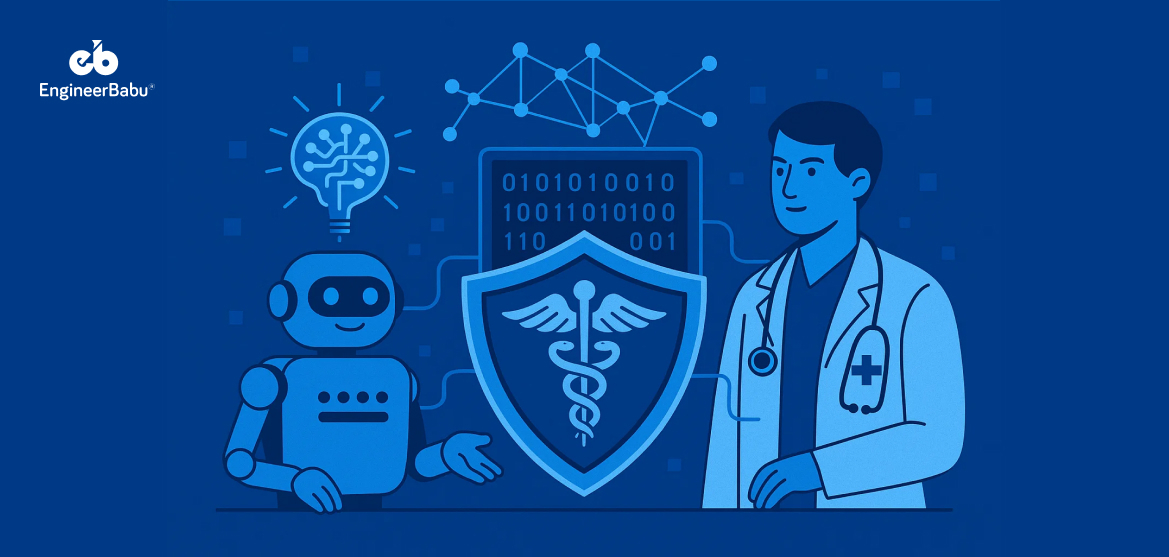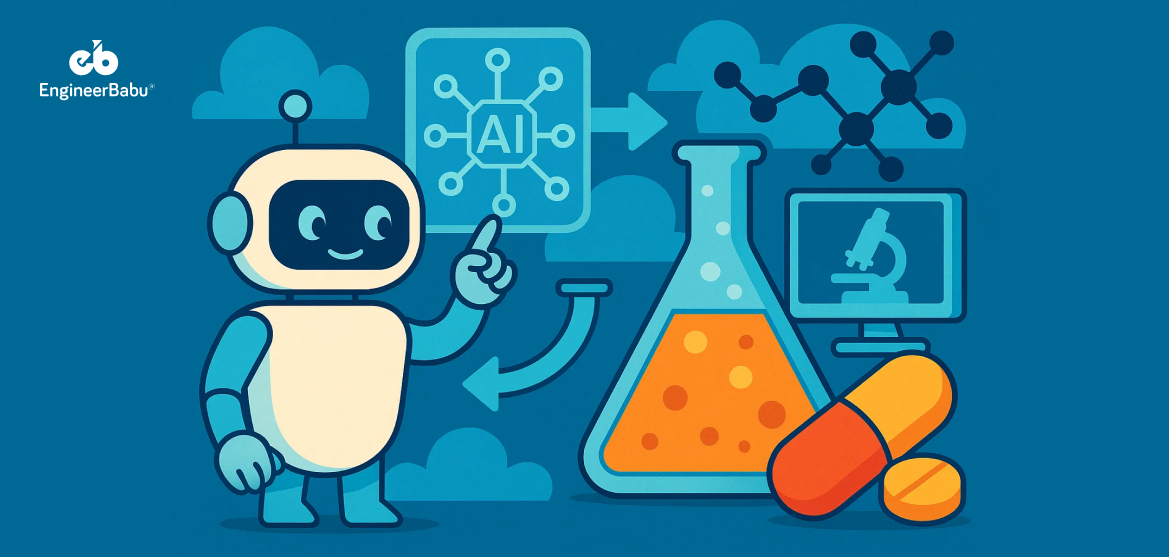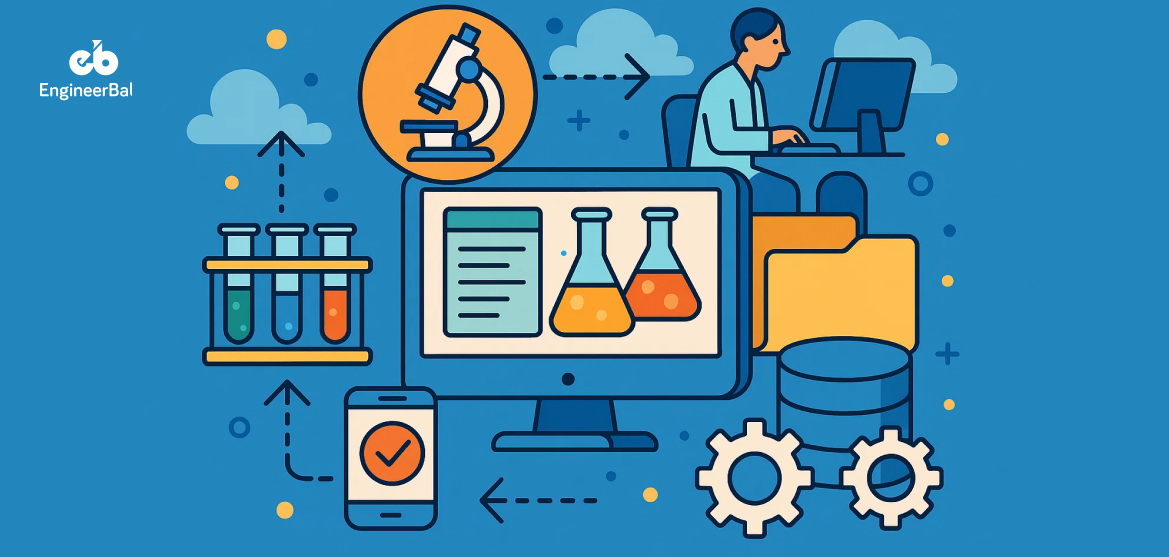Any app that stores, processes, or transmits personal health information (PHI) must meet HIPAA requirements. This includes features like user profiles, appointment booking, lab reports, or prescription records—if they contain identifiable health data, HIPAA applies.
Compliance involves three core rules: the Privacy Rule, the Security Rule, and the Breach Notification Rule. Each has clear technical, administrative, and physical safeguards that must be built into your app.
If you’re outsourcing development, your responsibilities don’t change. You must ensure that your development partner follows HIPAA standards, signs a Business Associate Agreement (BAA), and implements secure coding and data handling practices.
This guide breaks down every step you need to take to meet 100% HIPAA compliance, whether you’re building in-house or with a third-party vendor.
Understanding HIPAA: Key Components
HIPAA has three main rules. Each one affects how your app should be designed and maintained. Here’s what they require:
1. Privacy Rule
The Privacy Rule sets standards for when and how protected health information (PHI) can be used or disclosed. Your app must:
- Limit data collection to what’s necessary.
- Get clear user consent before sharing data.
- Give users access to their data upon request.
For example, if your app sends reminders for appointments, it must ensure those reminders don’t include detailed medical information unless authorized by the user.
2. Security Rule
The Security Rule focuses on how electronic PHI (ePHI) is protected. This rule defines three types of safeguards:
- Administrative: Risk assessments, access controls, and staff training.
- Physical: Secure workstations, restricted server access.
- Technical: Data encryption, audit logs, automatic logoff, unique user IDs.
If you’re building a mobile app, features like end-to-end encryption, secure authentication, and regular security patches are required.
3. Breach Notification Rule
If a data breach occurs, you must notify affected users and the U.S. Department of Health and Human Services (HHS). The rule also applies if a third-party vendor is responsible for the breach.
Your app should include automated logging and monitoring tools to detect breaches and support timely reporting.
How to Ensure Your App is HIPAA Compliant
This section will break down the specific security features your app must include to meet HIPAA’s technical safeguard requirements.
Access Control
Only the right people should be able to view or change patient data. That means:
- Each user needs a unique ID.
- You must define access roles (e.g., doctor, patient, admin).
- Include features like two-factor authentication and session timeouts.
If you’re outsourcing, make sure your vendor builds this into both the frontend and backend from day one.
Audit Controls
You need to keep records of who accessed what data and when. This includes:
- Logs for login attempts, data edits, downloads, and API calls.
- Alerts for unauthorized access or unusual behavior.
This helps during audits and in detecting breaches early.
Integrity Controls
Your app must ensure that health data isn’t changed or deleted without authorization. Use:
- Hashing to verify that data hasn’t been tampered with.
- Role-based permissions for any updates to PHI.
Also, track every change with a timestamp and user ID.
Transmission Security
Any PHI sent over the internet must be encrypted. That means:
- Use TLS 1.2 or higher for all data in transit.
- Encrypt emails, messages, or API calls that include PHI.
Avoid SMS and regular email for sending sensitive health data.
Automatic Logoff
When a session is left idle, it should end automatically. This prevents unauthorized access from unattended devices. The timer depends on the use case, but 5–10 minutes is a good baseline.
Administrative and Physical Safeguards
HIPAA compliance isn’t just about code. It also requires how your team and your infrastructure handle protected health information.
Security Risk Assessment
You must conduct a full risk analysis before launching the app. Identify:
- Where PHI is stored and transmitted.
- Potential threats or weak points.
- How those risks will be reduced.
Repeat this assessment regularly—not just once.
Workforce Training
Every team member who handles PHI should know what HIPAA requires. That includes your internal staff and any outsourced developers or support teams. Topics should cover:
- Recognizing phishing attempts
- Handling sensitive data
- Secure login practices
Keep records of this training.
Contingency Planning
What happens if your servers go down or data is lost? You need:
- Regular data backups
- A disaster recovery plan
- Clear steps for emergency access to PHI
These plans should be tested—not just written down.
Facility Access Controls
Only authorized people should be able to access servers or devices with PHI. That might mean:
- Secure server rooms
- Keycard access or biometrics
- Visitor logs
This applies even if you’re using cloud infrastructure—your cloud provider should meet these standards.
Workstation Security
Any laptop, desktop, or tablet used to access PHI should be:
- Password protected
- Encrypted
- Set to auto-lock when idle.
Never store PHI on local devices without encryption.
Device and Media Controls
PHI on USB drives, hard disks, or phones must be encrypted and tracked. You should also have:
- A policy for reusing or disposing of old devices.
- Data-wipe procedures before disposal or reissue.
Navigating Business Associate Agreements (BAAs)
If you’re working with any third-party vendor that touches patient data, developers, cloud hosts, analytics platforms, you’re legally required to have a Business Associate Agreement (BAA) in place.
This isn’t optional. HIPAA mandates that all business associates who handle protected health information (PHI) agree to safeguard it.
A BAA is a legal contract that outlines what a vendor can and can’t do with PHI, how they’ll protect it, and what steps they’ll take in case of a breach. It also holds them accountable to HIPAA standards. Without this agreement, using that vendor—even a secure one—means your app is not HIPAA-compliant.
The terms inside the agreement should be clear. It should spell out how PHI will be stored, who can access it, how breaches will be reported, and what measures are in place to prevent data loss. You should also have a clear exit plan in case the vendor fails to comply.
If a vendor refuses to sign a BAA, you can’t use them. No exceptions. Choosing a non-compliant partner, even unknowingly, puts your entire business at risk of legal action and heavy fines.
Conclusion
To make your healthcare app HIPAA-compliant, implement the Privacy, Security, and Breach Notification Rules as part of your development process. Encrypt all PHI, restrict access, monitor usage, and log all activity. Use only vendors who will sign a Business Associate Agreement and provide the required security features.
Outsourcing does not shift responsibility. Your team remains liable for any non-compliance, regardless of who builds or maintains the system. Before launch, conduct a full risk assessment, test for gaps, and train anyone who interacts with sensitive data.
FAQs
Do I need HIPAA compliance for appointment scheduling features?
Yes. If the scheduling system stores or sends any information that connects a person to a health service—like names, appointment dates, phone numbers, or reasons for the visit—then it’s considered protected health information (PHI) and must meet HIPAA standards.
Can I use Firebase or AWS for a HIPAA-compliant app?
Yes, but you need to configure them correctly. Both Firebase (with limitations) and AWS offer HIPAA-eligible services, but only after you sign a Business Associate Agreement (BAA) with them and use the specific services they list as compliant. Default configurations are not compliant.
Is a BAA required for individual developers or freelancers?
Yes. If a freelancer or contractor can access PHI in your code, database, staging environment, or analytics tools, you must have a BAA with them. It doesn’t matter whether they’re in-house, part-time, or remote—access to PHI triggers the need for a BAA.
What’s the fine for a HIPAA violation?
Fines range from $100 to $50,000 per violation depending on the severity and whether it was due to willful neglect. Maximum annual penalties can reach $1.5 million. In some cases, individuals responsible for the breach may also face criminal charges.
How often should risk assessments be done?
Conduct a full HIPAA risk assessment before launching your app. After launch, review it annually or whenever you make changes to infrastructure, third-party services, or team roles. A proper assessment includes identifying vulnerabilities and outlining actions to fix them.




